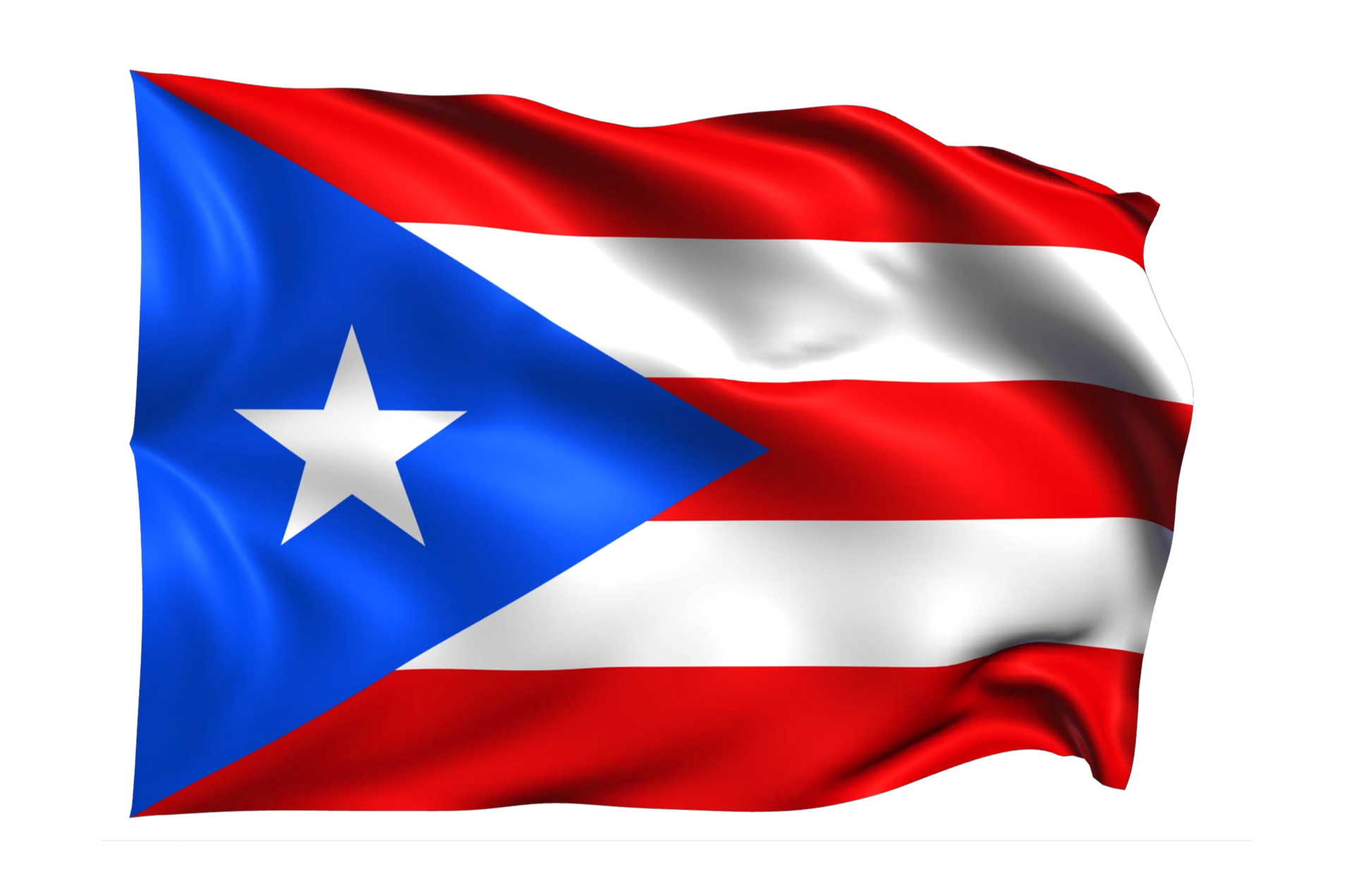Puerto Rican Culture

Puerto Rico’s vibrant culture is a captivating blend of diverse influences, shaped by its rich history and geographical location. The indigenous Taíno people, Spanish colonizers, African slaves, and immigrants from various corners of the world have all left their indelible mark on Puerto Rican society. This melting pot of cultures has resulted in a unique and dynamic cultural tapestry that permeates every aspect of life on the island.
Traditional Puerto Rican Music
Music is an integral part of Puerto Rican culture, with a rich and varied tradition that has evolved over centuries. The island’s musical heritage encompasses a wide range of genres, from the soulful melodies of plena and bomba to the lively rhythms of salsa and reggaeton. Traditional Puerto Rican music is often characterized by its use of percussion instruments, such as the güiro, maracas, and bongos, and its incorporation of both Spanish and African influences.
- Plena: A lively and energetic genre that originated in the early 19th century, plena is characterized by its use of call-and-response vocals, syncopated rhythms, and improvised lyrics.
- Bomba: A traditional Afro-Puerto Rican genre that emerged in the 17th century, bomba is known for its intricate drum patterns, polyrhythms, and call-and-response singing.
- Salsa: A vibrant and popular genre that emerged in New York City in the 1970s, salsa is a fusion of various Latin American musical styles, including Cuban son, Puerto Rican plena, and jazz.
- Reggaeton: A contemporary genre that emerged in Puerto Rico in the late 1990s, reggaeton is characterized by its blend of hip-hop, reggae, and Latin rhythms.
Tourism in Puerto Rico

Puerto Rico, a vibrant Caribbean island, attracts tourists with its pristine beaches, lush rainforests, and rich cultural heritage. From exploring the bustling streets of San Juan to hiking through the El Yunque National Forest, there’s something for every traveler.
Beaches
Puerto Rico boasts some of the most beautiful beaches in the Caribbean. The island’s northern coast is renowned for its calm waters and white-sand beaches, such as Playa Luquillo and Condado Beach. On the southern coast, Playa Santa and Playa Sucia offer excellent snorkeling and diving opportunities.
Rainforests
El Yunque National Forest is a lush rainforest that covers over 28,000 acres. The forest is home to a diverse array of plants and animals, including the endangered Puerto Rican parrot. Visitors can hike through the forest on a variety of trails, ranging from easy to challenging.
Historical Sites
Puerto Rico has a rich history that dates back to the 16th century. The island’s capital, San Juan, is home to several historical sites, including the El Morro fortress and the San Juan Cathedral. Visitors can also explore the Ponce Museum of Art, which houses a collection of Puerto Rican and international art.
Local Restaurants
Puerto Rican cuisine is a blend of Spanish, African, and Caribbean flavors. Some of the most popular dishes include mofongo, a mashed plantain dish, and arroz con gandules, a rice dish with pigeon peas. Visitors can find excellent local restaurants in San Juan and throughout the island.
Shops
Puerto Rico offers a variety of shopping options, from luxury boutiques to local craft markets. The Plaza Las Americas in San Juan is one of the largest shopping malls in the Caribbean. Visitors can also find unique souvenirs and handicrafts at the Old San Juan Marketplace.
Cultural Experiences
Puerto Rico is known for its vibrant culture. Visitors can experience the island’s music, dance, and art at a variety of venues, including the Puerto Rico Conservatory of Music and the Luis A. Ferré Performing Arts Center. The island also hosts a number of festivals throughout the year, such as the San Sebastián Street Festival and the Ponce Carnival.
History of Puerto Rico

The history of Puerto Rico is a rich and complex one, marked by centuries of indigenous settlement, Spanish colonization, American occupation, and the ongoing quest for independence.
Indigenous Roots, Puerto rico
The first inhabitants of Puerto Rico were the Taíno people, who arrived from South America around 1000 CE. The Taínos established a thriving culture based on agriculture, fishing, and trade. They also developed a complex system of government and religion.
Spanish Colonization
In 1493, Christopher Columbus arrived in Puerto Rico and claimed it for Spain. The Spanish quickly established a colony on the island, and the Taíno population was decimated by disease and warfare. The Spanish also brought African slaves to the island to work on sugar plantations.
American Occupation
In 1898, the United States defeated Spain in the Spanish-American War and acquired Puerto Rico as a territory. The United States imposed a military government on the island and suppressed the Puerto Rican independence movement.
The Quest for Independence
In the 20th century, the Puerto Rican independence movement gained momentum. In 1952, Puerto Rico became a self-governing commonwealth of the United States. However, the island’s political status remains unresolved, and there are still calls for independence.
Current Challenges
Puerto Rico faces a number of challenges today, including economic inequality, poverty, and crime. The island is also struggling to recover from the devastation caused by Hurricane Maria in 2017.